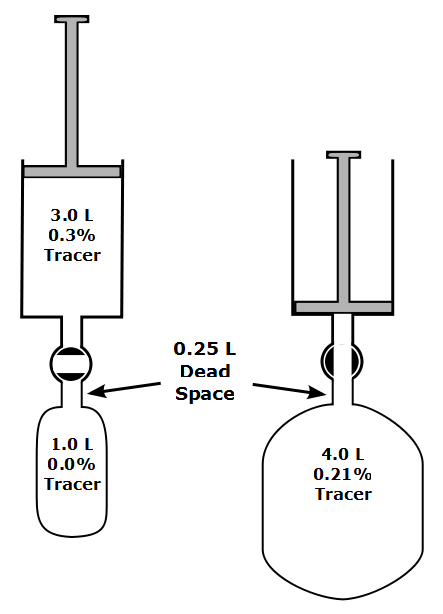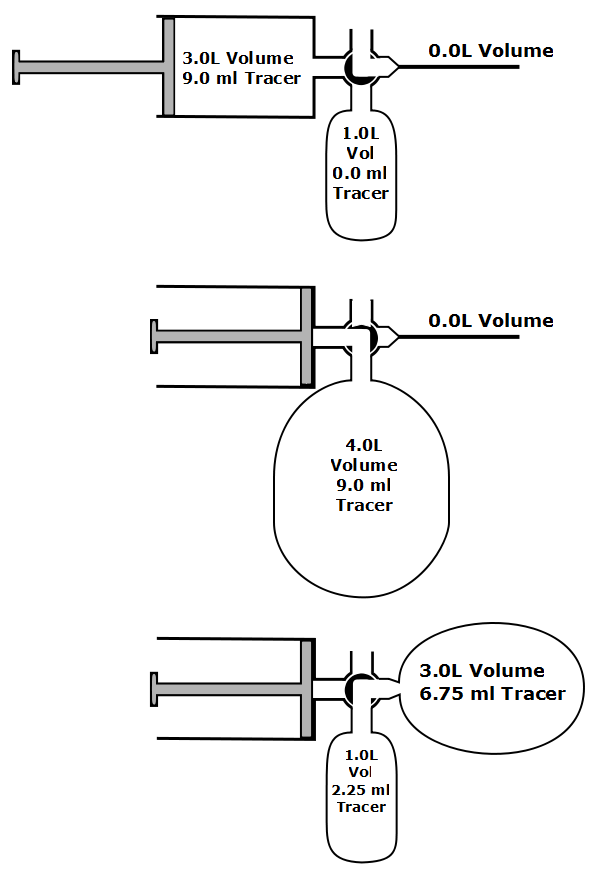A set of guidelines for grading spirometry quality was included with the recently published ATS recommendations for a standardized pulmonary function report. These guideline are similar to others published previously so they weren’t a great surprise but as much as I may respect the authors of the standard my first thought was “when was the last time any of these people performed routine spirometry?” The authors acknowledge that the source for these guidelines is epidemiological and if I was conducting a research study that required spirometry these guidelines would be useful towards knowing which results to keep and which to toss but for routine clinical spirometry, they’re pretty useless.
I put these thoughts aside because I had other projects I was working on but I was reminded of them when I recently performed spirometry on an individual who wasn’t able to perform a single effort without a major errors. The person in question was an otherwise intelligent and mature individual but found themselves getting more frustrated and angry with each effort because they couldn’t manage to perform the test right. I did my best to explain and demonstrate what they were supposed to do each time but after the third try they refused to do any more. About the only thing that was reportable was the FEV1 from a single effort.
This may be a somewhat extreme case but it’s something that those of us who perform PFTs are faced with every day. There are many individuals that have no problems performing spirometry but sometimes we’re fortunate to get even a single test effort that meets all of the ATS/ERS criteria. The presence or absence of test quality usually isn’t apparent in the final report however, and for this reason I do understand the value in some kind of quality grading system. But that also implies that the grading system serves the purpose for which it is intended.
In order to quantify this I reviewed the spirometry performed by 200 patients in my lab in order to determine how many acceptable and reproducible results there were. To be honest, as bad as I thought the quality problem was, when I looked at the numbers it was worse than I imagined.
The spirometry quality grading system is:
| Grade: | Criteria: |
| A | ≥3 acceptable tests with repeatability within 0.150 L (for age 2–6, 0.100 L ), or 10% of highest value, whichever is greater |
| B | ≥2 acceptable tests with repeatability within 0.150 L (for age 2–6, 0.100 L ), or 10% of highest value, whichever is greater |
| C | ≥2 acceptable tests with repeatability within 0.200 L (for age 2–6, 0.150 L ), or 10% of highest value, whichever is greater |
| D | ≥2 acceptable tests with repeatability within 0.250 L (for age 2–6, 0.200 L ), or 10% of highest value, whichever is greater |
| E | 1 acceptable test |
| F | No acceptable tests |



